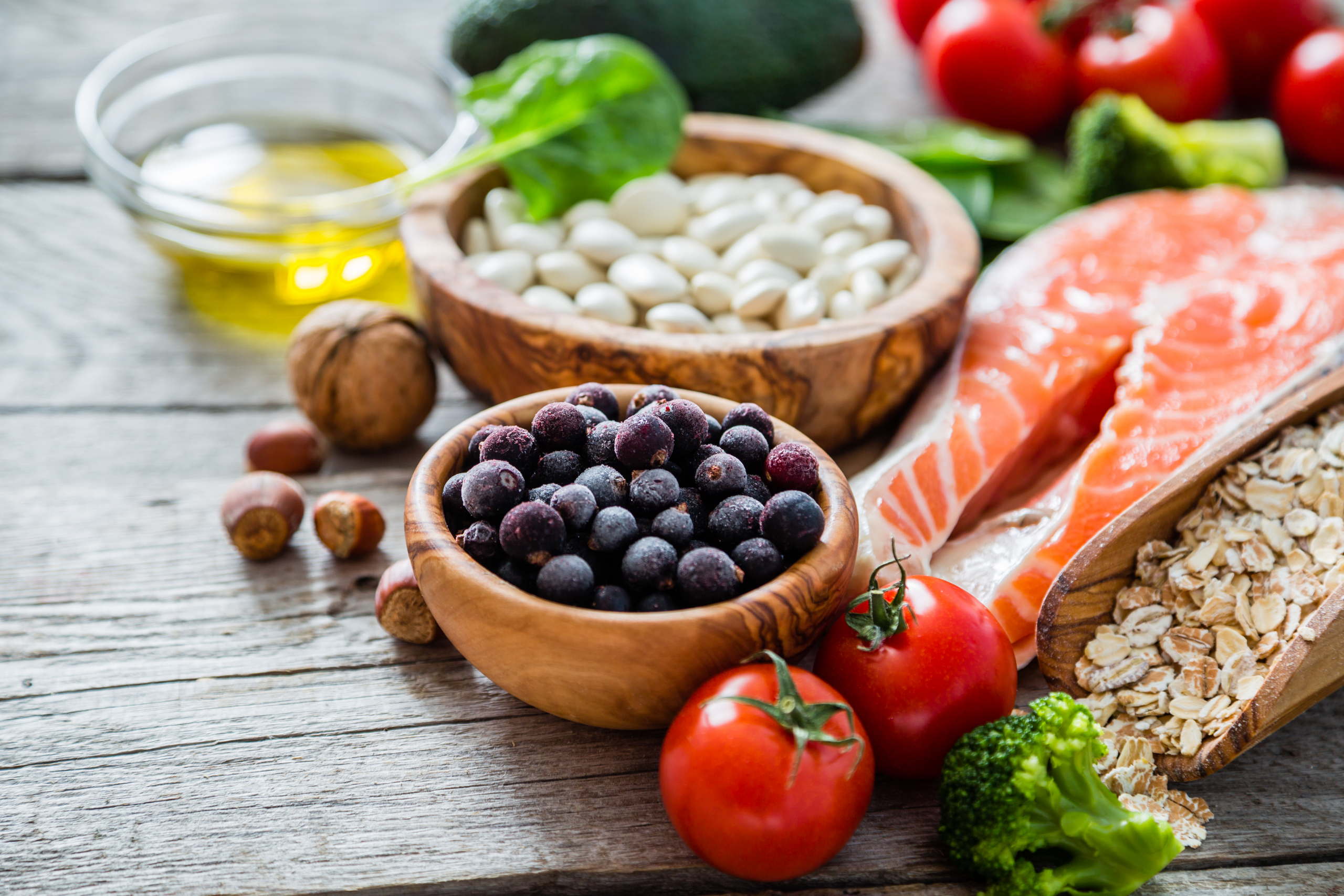Encouraging healthier eating for you and your family includes eating a healthy and well-balanced diet that incorporates foods high in carbohydrates. When consumed, carbohydrates are broken down into glucose (sugar), which provides the body with energy to support physical functioning. Therefore, it is important to eat carbohydrates in a healthful diet, but some types of foods rich in carbohydrates are better for our bodies than others.
The healthiest sources of carbohydrates come from unprocessed foods like vegetables, fruits, whole grains, and beans. These types of carbohydrates support optimal health by supplying the body with vitamins, minerals, and fiber, and important phytonutrients, like antioxidants and beta-carotene. Furthermore, the proposed benefits of phytonutrients, such as increasing immune system performance, enhancing vision, decreasing cancer risk, improving heart health, and lowering cholesterol, suggest these natural chemicals play a significant role in overall human health.
Adding quality carbohydrates to your family’s diet can be easy! Try some of the following:
Choose vegetables and fresh fruit.
When eating meals or snacks, concentrate on filling at least half of your plate with fruits and vegetables. Fruits and vegetables are associated with a reduced risk of many chronic diseases (e.g., arthritis, asthma, cancer, diabetes).
Incorporate whole grains into the first meal of the day.
Purchase whole grains like old-fashioned oats or cereals that list a whole grain as the first ingredient. Oats and oatmeal have been shown to promote weight loss, lower blood sugar, and reduce the risk of heart disease.
Use whole-grain bread.
There are many types of bread to choose from and picking the right one can be challenging. Look for a bread that is made entirely from whole grains or one that lists the first ingredient as whole grain.
Include whole grains, like quinoa.
Quinoa is naturally gluten-free and is an edible seed that contains many key nutrients, like fiber, protein, and B vitamins, and important minerals, like iron. Replacing gluten-free ingredients with quinoa can help increase your nutrient value and antioxidant intake.
Substitute beans for potatoes.
Potatoes have been associated with weight gain, so substituting potatoes with beans and other legumes, like chickpeas, can provide your body with carbohydrates that also offer protein.
Additional Resources:
U.S. Department of Agriculture. (n.d.). My Plate. https://www.myplate.gov/
References:
Harvard T.H. Chan School of Public Health. (n.d.). Carbohydrates. https://www.hsph.harvard.edu/nutritionsource/carbohydrates/#:~:text=Carbohydrates%20are%20found%20in%20a,sugars%2C%20fibers%2C%20and%20starches
U.S. Department of Agriculture. (n.d.). Phytonutrients. https://www.nutrition.gov/topics/whats-food/phytonutrients
U.S. Department of Health and Human Services. (n.d.). 2020-2025 Dietary guidelines for Americans. https://health.gov/our-work/nutrition-physical-activity/dietary-guidelines




